In November last year, UK approved a therapy that uses the CRISPR gene editing tool to treat sickle cell disease and β-thalassaemia.
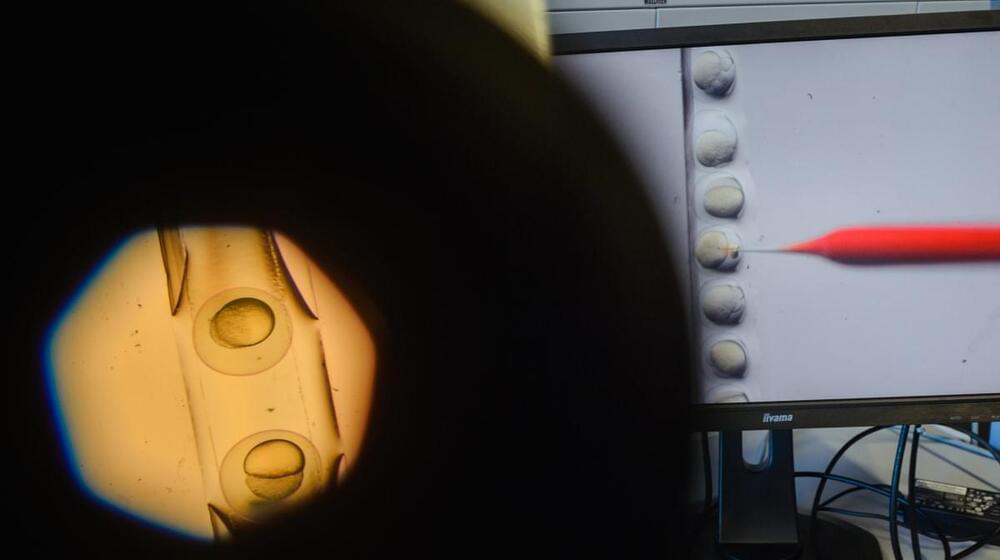

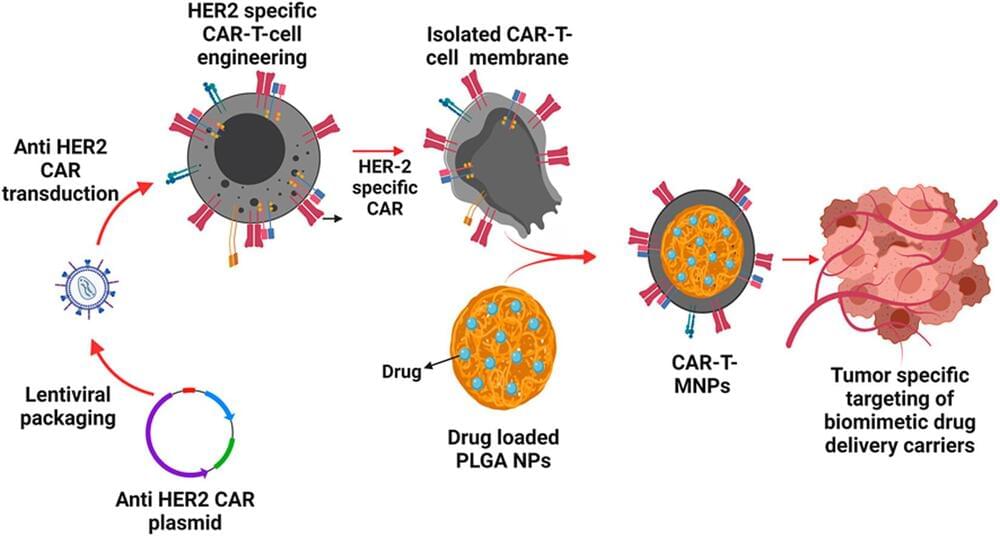
Lung cancer is not the most common form of cancer, but it is by far among the deadliest. Despite treatments such as surgery, radiation therapy, and chemotherapy, only about a quarter of all people with the disease will live more than five years after diagnosis, and lung cancer kills more than 1.8 million people worldwide each year, according to the World Health Organization.
To improve the odds for patients with lung cancer, researchers from The University of Texas at Arlington and UT Southwestern Medical Center have pioneered a novel approach to deliver cancer-killing drugs directly into cancer cells.
“Our method uses the patient’s own cellular material as a trojan horse to transport a targeted drug payload directly to the lung cancer cells,” said Kytai T. Nguyen, lead author of a new study on the technique in the journal Bioactive Materials and the Alfred R. and Janet H. Potvin Distinguished Professor in Bioengineering at UTA.
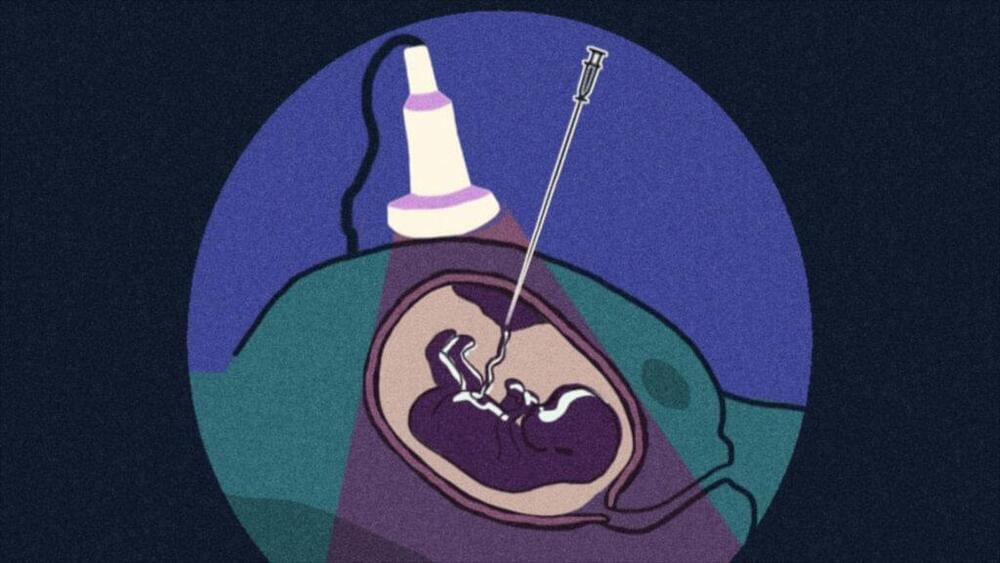
Recently approved gene therapies offer patients one-time, potentially curative treatments for genetic diseases such as sickle cell anemia and beta thalassemia. But “one-time” miracle solutions can often be multi-month affairs, require millions of dollars, and cause painful side effects. What if that doesn’t have to be the case?
In utero gene editing, or prenatal somatic cell genome editing, envisions treating a fetus diagnosed with a genetic disease before birth, thereby preventing that entire protocol and the onset of symptoms in the first place. It would also challenge the need for the ethically fraught enterprise of embryo editing, as the treatment would only make edits in the DNA of the individual fetus — edits which would not be passed on in a heritable way.
Watch this video to learn more about in utero gene editing, how it works, and why scientists believe it might be an advantageous approach to treating certain genetic diseases.
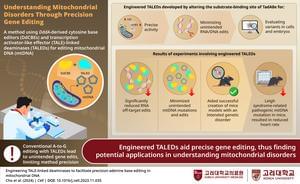
Gene editing technology could revolutionize the treatment of genetic diseases, including those that affect the mitochondria—cell structures that generate the energy required for the proper functioning of living cells in all individuals. Abnormalities in the mitochondrial DNA (mtDNA) could lead to mitochondrial genetic diseases.
Targeted base editing of mammalian mtDNA is a powerful technology for modeling mitochondrial genetic diseases and developing potential therapies. Programmable deaminases, which consist of a custom DNA-binding protein and a nucleobase deaminase, enable precise mtDNA editing.
There are two types of programmable deaminases for genome editing: cytosine base editors and adenine base editors, such as DddA-derived cytosine base editors (DdCBEs) and transcription activator-like effector (TALE)-linked deaminases (TALEDs). These editors bind to specific DNA sites in the mitochondrial genome and convert bases, resulting in targeted cytosine-to-thymine (C-to-T) or adenine-to-guanine (A-to-G) conversions during DNA replication or repair. However, the current gene editing approaches have many limitations, including thousands of off-target A-to-G edits while using TALEDs.
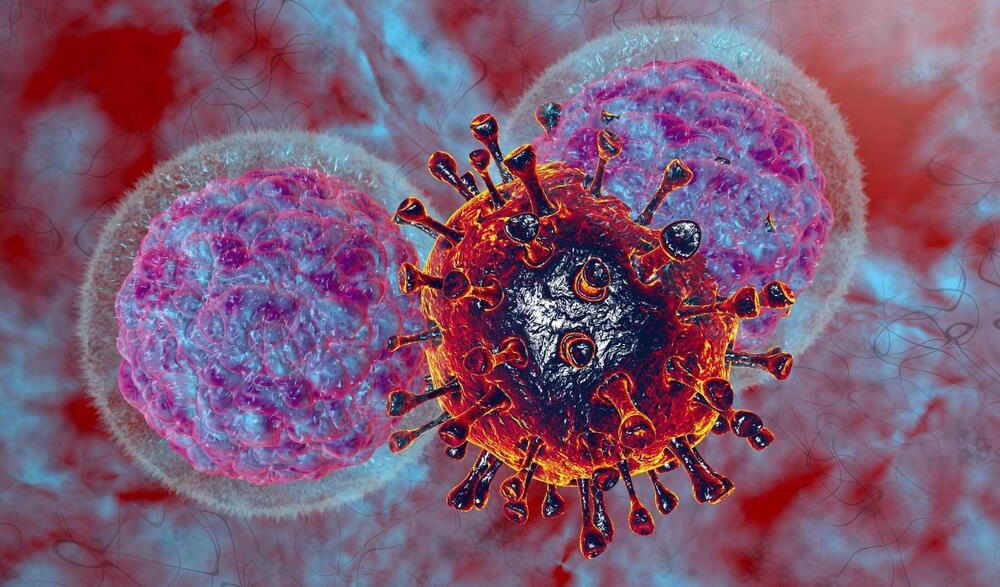
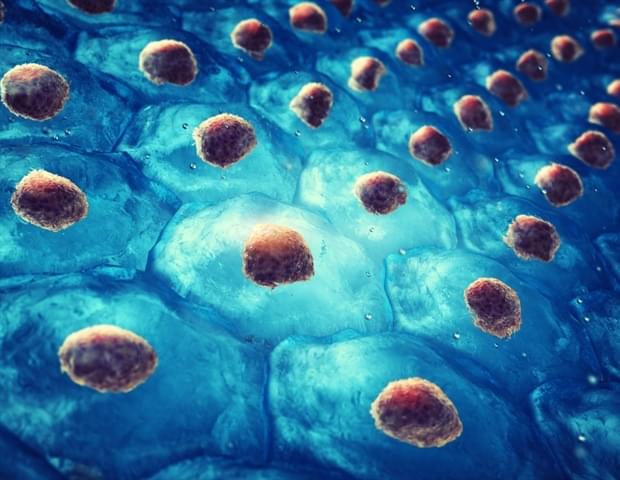
Injuries in the central nervous system heal poorly because cavities scar. Researchers hope to remedy this problem by filling the cavities in such a way that stem cells feel comfortable in them.
Researchers from Bochum and Dortmund have created an artificial cell environment that could promote the regeneration of nerves. Usually, injuries to the brain or spinal cord don’t heal easily due to the formation of fluid-filled cavities and scars that prevent tissue regeneration. One starting point for medical research is therefore to fill the cavities with a substance that offers neural stem cells optimal conditions for proliferation and differentiation. The team from Ruhr University Bochum and TU Dortmund University, both in Germany, showed that positively charged hydrogels can promote the survival and growth of stem cells.
Dr. Kristin Glotzbach and Professor Andreas Faissner from the Department of Cell Morphology and Molecular Neurobiology in Bochum cooperated with Professor Ralf Weberskirch and Dr. Nils Stamm from the Faculty of Chemistry and Chemical Biology at TU Dortmund University. The team describes the findings in the American Chemical Society Journal Biomaterials Science and Engineering from January 16, 2024.
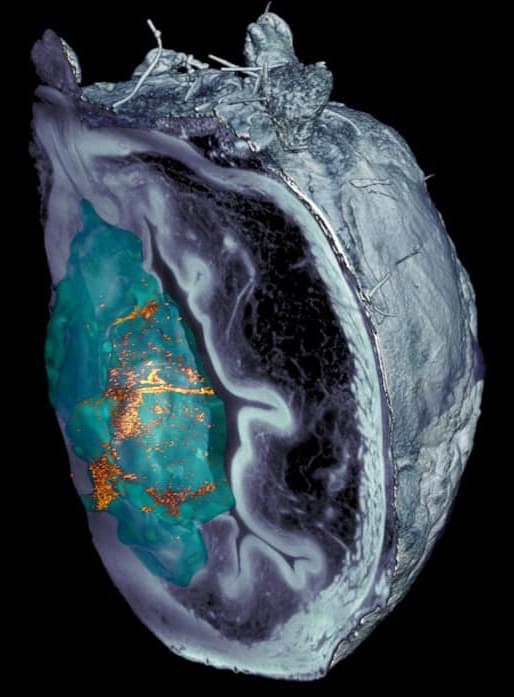
Imagine an army of self-propelling, radioisotope-covered particles 2,500 to 10,000 times smaller than a speck of dust that, upon injection into the body, search for and attach themselves to cancerous tumours, destroying them. Sounds like science fiction? Not so for mice with bladder cancer.
Researchers in Spain report that nanoparticles containing radioactive iodine and which propel themselves upon reaction with urea have the ability to distinguish cancerous bladder tumours from healthy tissue. These “nanobots” penetrate the tumour’s extracellular matrix and accumulate within it, enabling the radionuclide therapy to reach its precise target. In a study conducted at the Institute for Bioengineering of Catalonia (IBEC) in Barcelona, mice receiving a single dose of this treatment had a 90% reduction in the size of bladder tumours compared with untreated animals.
This novel approach may one day revolutionize the treatment of bladder cancer. Bladder cancer is the tenth most common cancer in the world, with over 600,000 new cases diagnosed in 2022 and more than 220,000 deaths globally, according to the World Health Organization’s Global Cancer Observatory.

The recent approval of a CRISPR-Cas9 therapy for sickle cell disease demonstrates that gene editing tools can do a superb job of knocking out genes to cure hereditary disease. But it’s still not possible to insert whole genes into the human genome to substitute for defective or deleterious genes.
A new technique that employs a retrotransposon from birds to insert genes into the genome holds more promise for gene therapy, since it inserts genes into a “safe harbor” in the human genome where the insertion won’t disrupt essential genes or lead to cancer.
Retrotransposons, or retroelements, are pieces of DNA that, when transcribed to RNA, code for enzymes that copy RNA back into DNA in the genome—a self-serving cycle that clutters the genome with retrotransposon DNA. About 40% of the human genome is made up of this “selfish” new DNA, though most of the genes are disabled, so-called junk DNA.
Genetic Engineering and DNA alteration is an emerging technology with huge ramifications in the future, including potentially altering the DNA of adult humans, not just embryos or plants \& animals.
Try Dashlane here: https://www.dashlane.com/isaacarthur.
Get 10% off now with my promo code: isaacarthur.
Visit our Website: http://www.isaacarthur.net.
Join Nebula: https://nebula.tv/videos/isaacarthur–…
Support us on Patreon: / isaacarthur.
Support us on Subscribestar: https://www.subscribestar.com/isaac-a…
Facebook Group: / 1583992725237264
Reddit: / isaacarthur.
Twitter: / isaac_a_arthur on Twitter and RT our future content.
SFIA Discord Server: / discord.
Listen or Download the audio of this episode from Soundcloud: Episode’s Audio-only version:
/ dna-manipulation-in-living-subjects.
Episode’s Narration-only version: / dna-manipulation-in-living-subjects-narrat…
Credits:
DNA Manipulation in Living Subjects (original title)
Genetically Altering Living Organisms.
Episode 227; Feb 27, 2020
Writers:
Isaac Arthur.
Editors:
This video explores 20 emerging technologies and their future. Watch this next video about the 10 stages of AI: • The 10 Stages of Artificial Intelligence.
🎁 5 Free ChatGPT Prompts To Become a Superhuman: https://bit.ly/3Oka9FM
🤖 AI for Business Leaders (Udacity Program): https://bit.ly/3Qjxkmu.
☕ My Patreon: / futurebusinesstech.
➡️ Official Discord Server: / discord.
💡 Future Business Tech explores the future of technology and the world.
Examples of topics I cover include:
• Artificial Intelligence & Robotics.
• Virtual and Augmented Reality.
• Brain-Computer Interfaces.
• Transhumanism.
• Genetic Engineering.
SUBSCRIBE: https://bit.ly/3geLDGO
Disclaimer:
Some links in this description are affiliate links.
As an Amazon Associate, I earn from qualifying purchases.
This video explores 20 emerging technologies and their future. Other related terms: ai, artificial intelligence, future business tech, future technology, future tech, future business technologies, future technologies, artificial general intelligence, artificial superintelligence, superintelligence, future city, radical life extension, crisp, quantum computer, neuralink, humanoid robot, generative ai, starlink, nanotechnology, smart cities, mixed reality, autonomous vehicles, blockchain, lab grown meat, smart home, fusion power, space tourism, artificial wombs, etc.